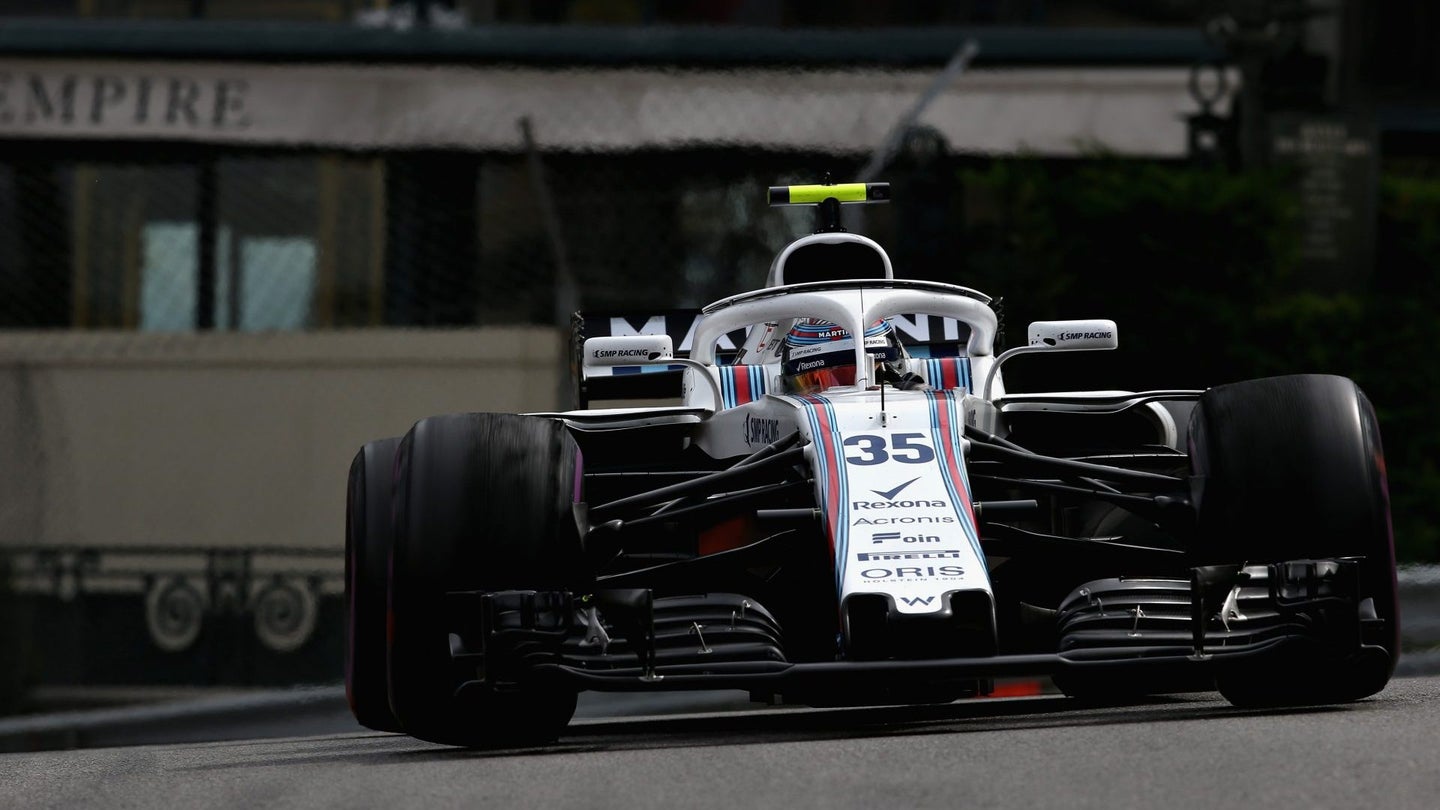The Logistics Behind Formula 1 Are Baffling
Sending teams and equipment around the world is a serious task.

The action of Formula 1 takes place on the track, but there's a real race behind the scenes as well as teams, cars, equipment, and even buildings move all over the world to be at each event. Wendover Productions explains the intricate web of logistics necessary to keep the F1 show on the road—and it ain't easy.
Though a worldwide sport, the majority of Formula 1 teams are based in Europe—Haas F1 is headquartered in the U.S. but also has a base in the United Kingdom. Most of the series' summer races are held on the continent too, which means that teams can simply truck their equipment from one track to the next.
But with some Grands Prix on back-to-back weekends, it's still a crunch to pack, move, and set up at a new track in time for the next stop on the calendar. For instance, teams had to truck everything 1,000 miles across Europe from Spielberg, Austria to Silverstone, U.K. in just three days, including setup and breakdown time. To accomplish this, each truck had three drivers to keep it moving continuously, save for refueling stops.

But even these logistics are simple compared to races outside Europe. Non-critical goods are packed in containers and put on ships months before they're needed as they literally take the slow boat to China and elsewhere.
Meanwhile, teams begin packing more critical equipment even before one race is over to be flown to the next by cargo-carrying Boeing 747s chartered by Formula 1. People and equipment must converge by land, air, and sea thousands of miles away at precisely the right time to make each race possible.
All racing fans see is the cars and drivers doing battle on tracks across the world. Although that's the main spectacle, the collective logistics that go into making each race happen dwarf the efforts of the competitions themselves.
